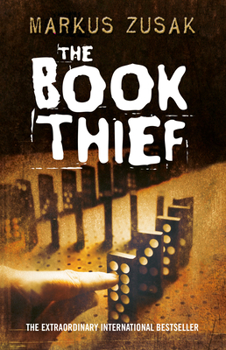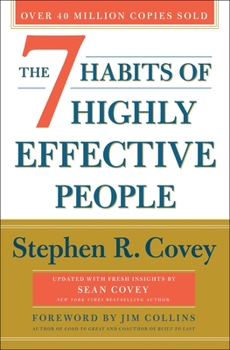The Typhoon of War: Micronesian Experiences of the Pacific War
Select Format
Select Condition 
Based on Your Recent Browsing
Book Overview
World War II was a watershed event for the people of the former Japanese colonies of Micronesia. The Japanese military build-up, the conflict itself, and the American occupation and control of the conquered islands brought rapid and dramatic changes to Micronesian life. Whether they spent the war in caves and bomb shelters, in sweet potato fields under armed Japanese guard, or in their own homes, Micronesians who survived those years recognize...
Format:Hardcover
Language:English
ISBN:0824821688
ISBN13:9780824821685
Release Date:November 2000
Publisher:University of Hawaii Press
Length:512 Pages
Weight:2.20 lbs.
Dimensions:1.5" x 6.4" x 8.9"
More by Laurence Marshall Carucci
Customer Reviews
5 customer ratings | 5 reviews
There are currently no reviews. Be the first to review this work.































